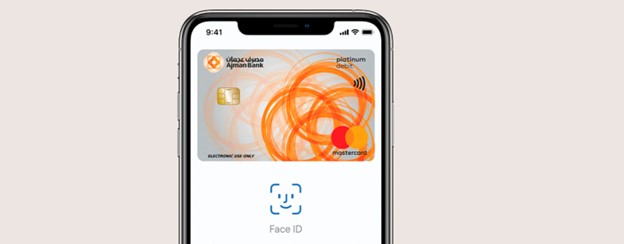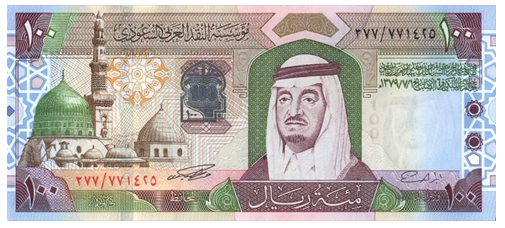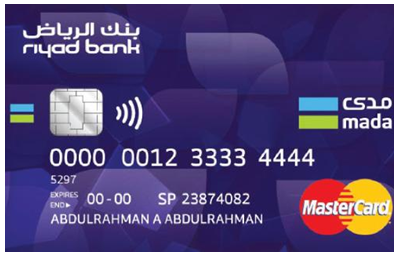Despite the opulent wealth in many of the Gulf countries, payment methods in the Arab world are still catching up to what they are in many western countries. Many Middle Eastern countries have typically been cash-based societies and the use of credit cards has been a relatively new thing in the region. To add to this laws about interest in the Quran and the Hadith have made it hard for many interest-based payment methods to take hold in the region because they are considered to be against the practices of Islam. In this article I will outline some of the payment methods that are available in the region.
Cash On Delivery
Cash on delivery is probably the most popular payment method in the region. Because of the lack of credit cards in the region cash on delivery has gained popularity as an online payment method among locals. Cash on delivery is also a payment method that allows consumers to see the products they buy online before they actually pay for them. Due to this fact many online retailers in the region say that cash on delivery has a return rate much much higher than any other payment methods. We have seen statistics that say anywhere from 12 to 13 times the number of returns happen with cash on delivery when compared to credit cards. Consumers receive the package open it and often times say they don’t want it and return it immediately. As you can imagine this can be very costly for the e-commerce merchant as they have to pay the delivery cost without receiving any type of reimbursement. This issue has made it so some retailers in the region have chosen not to use cash on delivery, especially when the e-commerce merchant is just getting started.
With that said, it’s important to note that in countries like Saudi Arabia up to 75% of the online transactions that happen are cash on delivery. Successful regional e-commerce companies can’t afford to ignore cash on delivery: in 2023, USD $10.4 Billion was spent on consumer goods via the internet in Saudi Arabia. Current statistics say that Saudi Arabia has a population of about 36 million people, and this past year, over 22 million of those people purchased goods on the internet. Saudi Arabia is the wealthiest market in the region, and with no taxes for citizens, it has a very large middle and upper class. So, despite the drawbacks of cash on delivery, many e-commerce retailers in the region have decided to use cash on delivery because of all the opportunities in Saudi Arabia regardless of the drawbacks.
Debit Cards
Debit cards are probably the second most popular payment method in the region. Given the rules in Islam about credit and interest many banks and financial institutions in the region do not offer credit cards. As a result of this debit cards have gained a lot of popularity. In Saudi Arabia, debit cards have actually taken over cash-on-delivery in terms of the preferred payment option for online purchases, currently used for 45% of the total online purchases made in 2023. Debit cards allow the consumer to still make electronic purchases with a card with the Visa or MasterCard logo. Debit cards give the sense of a credit card and many of the benefits of credit cards without being subject to interest and other aspects of credit cards that go against the rules and traditions of Islam. For the consumer the drawbacks of debit cards include not being able to buy something above the amount of money you have currently in your bank account and also many of these debit cards don’t offer the same protection that a credit card would have for buying online. That said, for e-commerce retailers accepting debit cards in many ways is better than credit cards because you get the cash right away and it’s harder for the consumer to get back their money.
Credit cards
Despite the issues Islam has with credit cards, many consumers in the region still own or use credit cards to make purchases online. There are several audiences that use credit cards in the Middle East. First and foremost there are many expats that live in the Middle East, both Westerners from countries like the United States but also ex-pats from other countries like India and other Southeast Asian countries. Many of these consumers are used to using credit cards and they bring their credit cards with them when they move to the Middle East. In addition to this not all Arabs are Muslims and many Muslim Arabs do not adhere to all the rules regarding interest. These Arabs will often use credit cards as superior alternative to other payment methods. The two most commonly accepted credit cards are VISA and MasterCard. We found with many of e-commerce sites that we looked at in the Middle East featured both the Visa and MasterCard logos.
CashU
CashU is a MENA region specific payment method. There are thousands of vendors and merchants across the Middle East that use CashU as a payment option to get access to millions of young online buyers across the GCC North Africa and the Levant. In essence CashU is basically a prepaid payment card. Consumers around the Middle East can go to different locations and use cash to top up their cards and then later they can use that same card to make purchases online. This card has become very popular in countries like Saudi Arabia among those who have limited access to credit cards and tend to think that buying things online is either unsafe or unreliable.
PayPal
PayPal launched the Arabic version of its mobile app in 2015, and since then, their reach in the region has expanded considerably, especially in the Gulf countries. For example, a recent study showed that 36% of online entrepreneurs in the UAE use PayPal as their preferred payment option. The company has mentioned that they plan to roll out many new features specifically for the region and they also plan to partner with local banks in the region to offer their services to more customers and bring consumers more flexibility with their online shopping in the Middle East. PayPal is a great option for many consumers in the region. That said for some consumers in the region it’s very hard to get a PayPal account. For example in Jordan to our knowledge there is only one bank that will allow you to set up a PayPal account through it. To add to this in many countries in the region banks aren’t trusted by many segments of society. To do this it’s hard to see PayPal totally dominating online payments in the region.
Apple Pay

Apple Pay officially arrived in the Middle East with its launch in the UAE in 2017. Since then, Apple Pay has expanded in the region, and Apple currently cites Morocco, Bahrain, Qatar, Jordan, Saudi Arabia, and Kuwait in addition to the UAE as countries that support Apple Pay. However, this means that a significant number of Middle Eastern countries still can’t use it, especially Egypt, which makes up a massive share of online commerce in the region. For iPhone users, Apple Pay is probably the most convenient payment method as it allows you to link your credit or debit card to your phone, so instead of paying with cash or pulling out your card, you can simply tap your phone to the payment terminal. For online payments, Apple Pay facilitates purchases made through your smartphone, as you can pay with one click – instead of filling out all of your card information.
Wire Transfer
Wire transfers are probably the most complicated payment method online in the region. Yet we have seen some retailers in the Middle East offer this payment option. The challenge with wire transfers for the e-commerce site is there is no way to fully automate this payment method. Also wire transfers can skew conversion data for many e-commerce vendors. Many times it can appear you have made a sale in your system but if the website visitor doesn’t ever send the wire transfer it wasn’t a real conversion. Despite this some retailers still choose to allow wire transfers to reach certain types of demographics especially when they sell higher-priced items on their website.
Conclusion
In conclusion the online payment options in the Middle East are quite different from other areas of the world. Just like the rapidly changing world of e-commerce in the Middle East it is not clear how online payment options will change over the next decade. One thing is for sure with all of the rapid growth in the e-commerce world more and more consumers will want to buy things online. As consumers look for easier payment methods that are available in their country, we may find that certain payment methods come to dominate in the Middle East. For now we’ll have to wait and see which payment method becomes the most popular as MENA ecommerce grows. In the meantime it looks like cash on delivery remains the best option for many consumers in the Middle East.
Jordan Boshers
Jordan Boshers is the Chief Digital Strategist at IstiZada, a digital agency that helps companies market to Arabs. He has 12+ years of experience running successful digital marketing campaigns in the Arab world. His insights into Arabic SEO helped him grow previously unknown websites to dominate Arabic niches on Google including growing one site from 0 to more than 2.5 million users monthly. Jordan has consulted for hundreds of companies including helping corporations like Amazon, Berlitz, and Exxon Mobil with their Arabic digital marketing. Learn more here or on LinkedIn.
View all posts by Jordan Boshers





